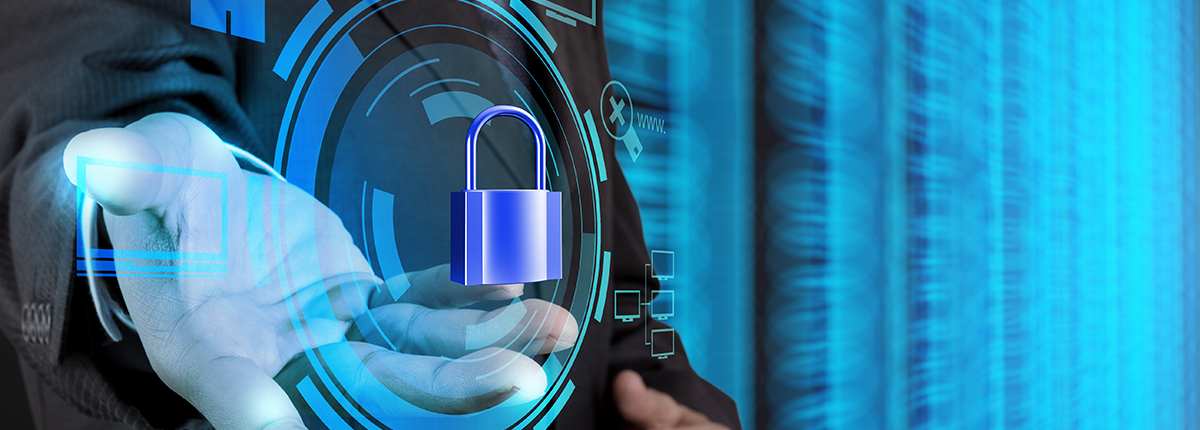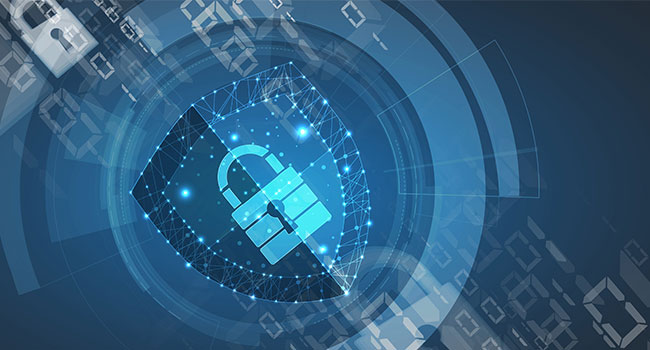Understanding Corporate Security: Proven Techniques for Business Defense
Understanding Corporate Security: Proven Techniques for Business Defense
Blog Article
From Cybersecurity to Physical Measures: Reinforcing Company Safety in an Altering World
In today's quickly advancing digital landscape, the importance of business safety and security can not be overstated. As cyber risks end up being widespread and progressively advanced, organizations have to exceed traditional cybersecurity steps to secure their possessions and operations - corporate security. This is where the combination of physical security procedures comes to be important. By integrating the toughness of both cybersecurity and physical protection, firms can create a comprehensive defense approach that resolves the varied variety of dangers they encounter. In this discussion, we will discover the altering threat landscape, the need to incorporate cybersecurity and physical security, the implementation of multi-factor authentication actions, the importance of staff member awareness and training, and the adaptation of protection procedures for remote workforces. By examining these key areas, we will acquire useful insights into how organizations can reinforce their corporate safety in an ever-changing globe.
Understanding the Altering Hazard Landscape
The advancing nature of the modern world necessitates an extensive understanding of the altering hazard landscape for effective business safety and security. It is crucial for companies to stay educated and adjust their safety and security measures to deal with these developing dangers.
One trick element of recognizing the altering threat landscape is recognizing the various types of risks that organizations face. Additionally, physical dangers such as theft, vandalism, and corporate espionage remain common problems for companies.
Tracking and evaluating the threat landscape is crucial in order to determine possible threats and susceptabilities. This entails remaining updated on the most current cybersecurity fads, assessing risk knowledge records, and carrying out regular threat analyses. By comprehending the transforming hazard landscape, organizations can proactively apply ideal security measures to alleviate threats and secure their possessions, track record, and stakeholders.
Integrating Cybersecurity and Physical Safety
Incorporating cybersecurity and physical safety and security is crucial for comprehensive business security in today's electronic and interconnected landscape. As companies significantly rely upon technology and interconnected systems, the borders in between physical and cyber hazards are coming to be obscured. To successfully secure versus these threats, an alternative strategy that incorporates both cybersecurity and physical protection measures is crucial.
Cybersecurity concentrates on safeguarding digital properties, such as information, systems, and networks, from unapproved accessibility, disruption, and theft. Physical safety, on the various other hand, encompasses measures to safeguard physical assets, individuals, and centers from dangers and vulnerabilities. By integrating these 2 domain names, companies can address susceptabilities and hazards from both electronic and physical angles, therefore boosting their total protection stance.
The combination of these 2 disciplines permits a much more comprehensive understanding of safety and security threats and allows a unified response to occurrences. For instance, physical access controls can be improved by incorporating them with cybersecurity procedures, such as two-factor verification or biometric identification. Cybersecurity procedures can be complemented by physical safety steps, such as surveillance cams, alarms, and safe and secure gain access to factors.

Applying Multi-Factor Verification Measures
As organizations significantly prioritize comprehensive safety measures, one reliable technique is the implementation of multi-factor authentication actions. Multi-factor verification (MFA) is a safety method that requires customers to give multiple forms of recognition to access a system or application. This strategy adds an added layer of protection by combining something the individual understands, such as a password, with something they have, like a finger print or a security token.
By implementing MFA, companies can considerably improve their security posture - corporate security. Standard password-based verification has its constraints, as passwords can be quickly compromised or forgotten. Bonuses MFA reduces these dangers by adding an extra authentication aspect, making it harder for unapproved people to access to sensitive information
There are several types of multi-factor verification methods offered, including biometric authentication, SMS-based confirmation codes, and equipment symbols. Organizations require to assess their certain demands and choose the most appropriate MFA solution for their requirements.
Nonetheless, the implementation of MFA should be meticulously prepared and implemented. It is crucial to strike a balance between protection and functionality to protect against customer stress and resistance. Organizations needs to also think about prospective compatibility problems and offer sufficient training and assistance to guarantee a smooth shift.
Enhancing Staff Member Awareness and Training
To reinforce business safety, organizations should prioritize enhancing employee recognition and training. Lots of safety breaches happen due to human mistake or lack of understanding.
Reliable staff member recognition and training programs ought to cover a large range of subjects, consisting of data security, phishing attacks, social design, password hygiene, and physical security actions. These programs ought to be tailored to the particular needs and duties of different employee duties within the organization. Normal training sessions, workshops, and simulations can help employees create the needed skills and expertise to react and determine to security threats successfully.
Moreover, organizations should urge a you can check here society of safety and security awareness and give continuous updates and suggestions to keep workers educated regarding the most current threats and mitigation methods. This can be done with internal communication channels, such as newsletters, intranet websites, and e-mail campaigns. By fostering a security-conscious workforce, companies can dramatically minimize the possibility of safety occurrences and secure their important possessions from unauthorized gain access to or compromise.

Adapting Safety Steps for Remote Labor Force
Adjusting business protection steps to fit a remote labor force is crucial in making sure the security of delicate info and properties (corporate security). With the raising trend of remote job, organizations need to apply appropriate protection actions to minimize the dangers connected with this new means of functioning
One important facet of adapting security steps for remote job is establishing safe communication networks. Encrypted messaging platforms and digital personal networks (VPNs) can assist secure delicate info and avoid unapproved gain access to. Additionally, organizations must implement the use of strong passwords and multi-factor verification to improve the safety of remote gain access to.
An additional important factor to consider is the execution of secure remote gain access to services. This entails providing staff members with protected access to company resources and information with digital desktop facilities (VDI), remote desktop procedures (RDP), or cloud-based solutions. These modern technologies ensure that sensitive information continues to be protected while allowing staff members to do their functions properly.

Lastly, thorough security understanding training is critical for remote staff members. Educating sessions should cover best practices for securely accessing and taking care of sensitive details, recognizing and reporting phishing efforts, and keeping the overall cybersecurity health.
Final Thought
In verdict, as the danger landscape remains to progress, it is vital for organizations to enhance their security measures both in the cyber and physical domains. Incorporating cybersecurity and physical security, implementing multi-factor authentication actions, and enhancing staff member awareness and training are crucial actions towards attaining robust business safety. Furthermore, adjusting safety and security steps to accommodate remote workforces is critical in today's changing world. By implementing these measures, organizations can reduce risks and protect their important assets from possible hazards.
In this conversation, we will discover the transforming hazard landscape, the need to integrate cybersecurity find out here now and physical safety, the application of multi-factor verification procedures, the significance of staff member awareness and training, and the adaptation of security measures for remote workforces. Cybersecurity procedures can be complemented by physical safety and security procedures, such as surveillance electronic cameras, alarm systems, and safe access points.
As companies progressively focus on detailed protection measures, one reliable strategy is the application of multi-factor verification steps.In final thought, as the risk landscape continues to progress, it is important for companies to reinforce their protection determines both in the cyber and physical domain names. Incorporating cybersecurity and physical safety, executing multi-factor authentication actions, and boosting employee awareness and training are necessary steps towards attaining robust business safety.
Report this page